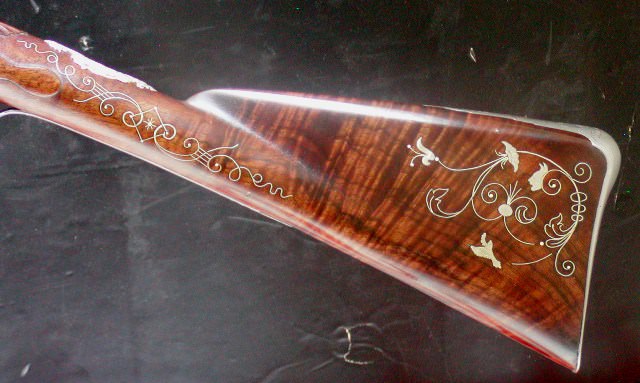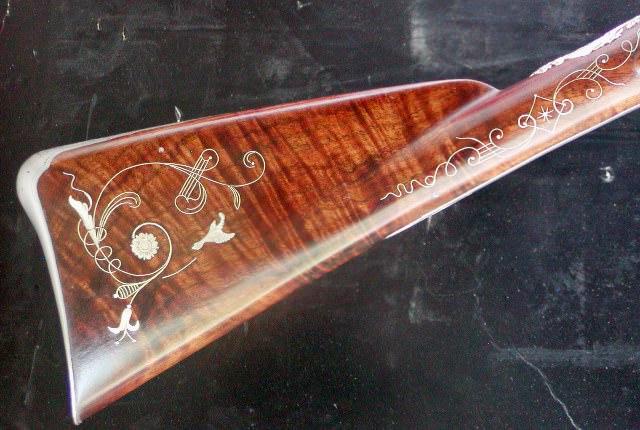- Joined
- Apr 27, 2005
- Messages
- 120
- Reaction score
- 231
A very informative video on tung oil and tung oil finishes.

Hi,@dave_person Do you use interior or exterior? Sealer or no?





A very informative video on tung oil and tung oil finishes.
LOL! I think there is a story that Hacker Martin mixed up varnishes made with some sort of fish oil because it was cheap and available. Supposedly, you can still smell the oil in the stocks.I wouldn’t use any kind of tuna oil on my work!
“If you’re going to use a 100% organic tuna oil linseed oil finish, you’ll need a few things.“
Nice work! The first one is beautiful but the last one is more suited for a riflr to me? You know opinions are like, you know the rest, every one has one! LOL!Hi,
Ignore the interior or exterior labels. Exterior usually means the finish has UV light blockers. It is what you might choose if you are painting the rails of a deck. The exterior finishes are just fine for gunstocks and virtually all finishes you guys use for guns would be classified as "interior". I usually do apply thinned first coats (often 50% mineral spirits) to act as a sealer of sorts. No finish penetrates very deeply but a couple of thinned first coats can soak in better in very dense woods such as maple and walnut. If you finish walnut using the sanding slurry grain sealer method, my first coats is mostly unthinned except it often has alkanet root stain infused in turpentine mixed with it, which thins it a little by default. I typically use Sutherland-Welles polymerized tung oil medium sheen. The medium sheen has a pretty shiny gloss so I often add mineral spirits to soften the sheen. Here are two examples in English walnut showing the unthinned finish medium sheen and a softened gloss using thinned finish.
medium sheen


softened sheen


dave
Enter your email address to join: